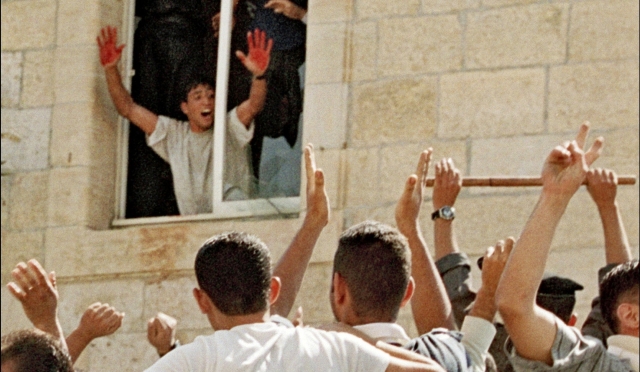In 2000, a peace summit in Camp David was held between Bill Clinton, the Israeli Prime Minister Ehud Barak, and Palestinian Authority Chairman Yasser Arafat. This meeting ultimately failed with all sides disagreeing with each other. President Clinton would later say in 2016 that he did everything to give the Palestinians a state, and they refused. Admitting that the struggle for their state was more valuable to them than succeeding in establishing one. Later in 2000, in an effort to demonstrate Israeli sovereignty over Jerusalem, Knesset opposition leader Ariel Sharon visited the Temple mount protected by hundreds of riot police. The Palestinians portrayed his visit to the holiest site in Judaism as an insult to Islam, given that they viewed it as the third holiest site - a point that is hotly debated within the broader Islamic world. The Palestinian leadership, looking to turn the anger of the people against Israel, used the visit to stoke anger. The next day, organized by Fatah and using Palestinian youth as the pawns, riots broke out around the Old City of Jerusalem. These riots led to many casualties on both sides.
Muslim clerics in Palestine were not helping and in fact had a big part in encouraging the violence. In one instance, 2 Israeli soldiers entered Ramallah by accident and were confronted by a crowd of thousands of Palestinians calling for their death. While 13 Palestinian police officers were injured trying to protect the soldiers, in the end, both soldiers were taken, beaten, stabbed, disemboweled, and set on fire in one of the most gruesome scenes to ever hit international Television airways.
In response to what would be known as the Ramallah Lynching, Israel launched a series of airstrikes against Palestinian Authority targets in the West Bank and the Gaza Strip. Violence increased dramatically leading to daily deaths on both sides. One famous event was when two Israeli boys were hiking and beaten to death in a cave by Palestinians and another involved a suicide bombing in Netanya killing six Israelis. Suicide bombings in Israel became ever more prevalent in the years following the start of the second Intifada.
Israel retaliated by recapturing many Palestinian-controlled areas. This led to the Battle of Jenin where both sides suffered severe casualties. Later, Palestinian leaders were attempting to financially reclaim Palestinian areas. Fighting in Gaza escalated and while in Rafah, the IDF destroyed smuggling tunnels to halt the shipment of missiles. Towards the end of the Intifada, the Palestinians launched their biggest attack yet, blowing up tunnels and killing dozens of Israeli soldiers and civilians including children. There was no specific end date to the Second Intifada however, the death of Yasser Arafat in 2004 was when the Intifada truly lost its momentum.


